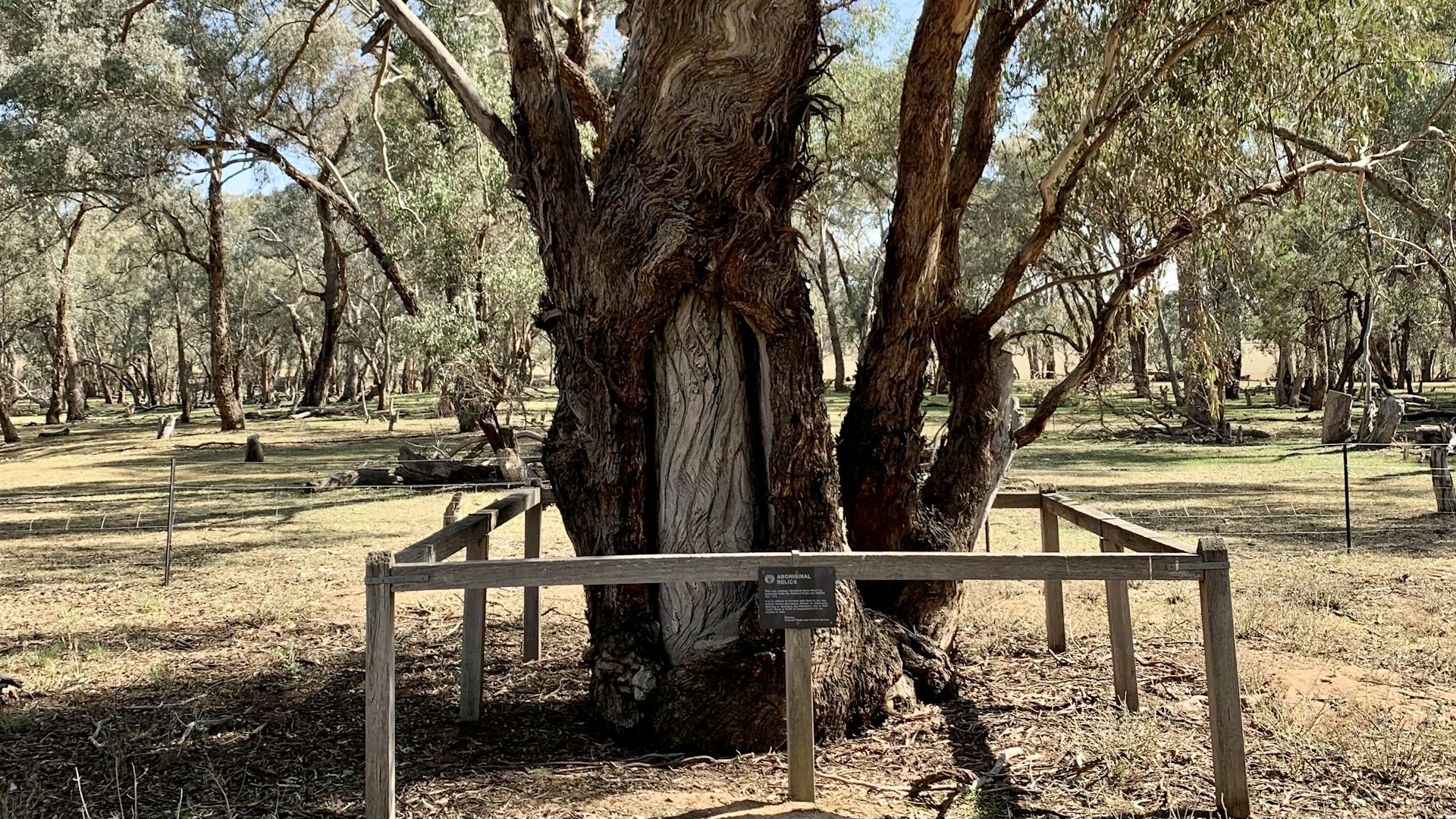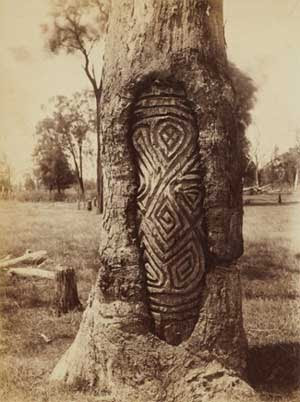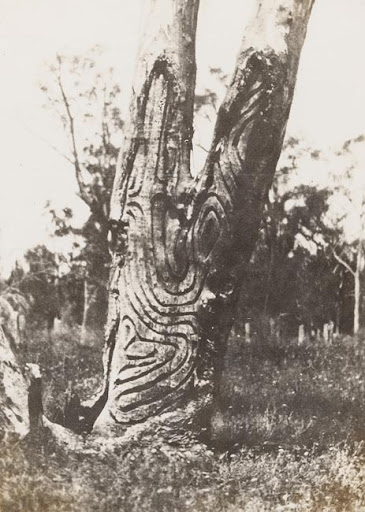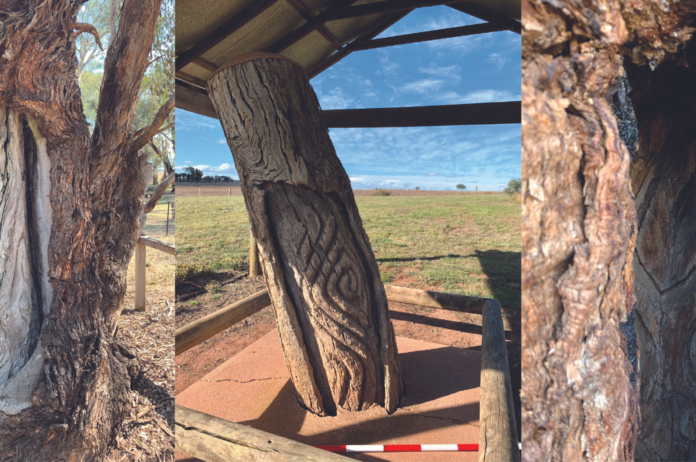n a groundbreaking collaboration, the Wiradjuri people, the NSW State government, and archaeologists have uncovered a profound and hidden story about the Wiradjuri carved trees (marara) and burials (dhabuganha) in Southeast Australia. This significant research project, involving a coalition of organizations, has utilized traditional knowledge and modern scientific techniques to illuminate the sacred history of these locations.
The Collaborative Effort

The project is a result of an exceptional partnership among several key groups: Central Tablelands Local Land Services, the Gaanha-bula Action Group, the Orange Local Aboriginal Land Council, the Yarrawula Ngullubul Men’s Corporation, La Trobe University, and the University of Denver. This alliance has merged Wiradjuri traditional cultural insights with advanced archaeological methods, including ground-penetrating radar and 3D modeling. The goal has been to uncover and protect the sacred sites associated with the Wiradjuri people and to facilitate the repatriation and respectful reburial of Ancestors.
Uncovering Sacred Sites

Research published in Australian Archaeology has shed new light on the locations of marara and dhabuganha. These sacred sites are crucial to Wiradjuri cultural heritage, but today, only a few marara remain visible, and most dhabuganha are obscured by erosion and modern land-use practices. Through non-invasive techniques like ground-penetrating radar, researchers have successfully mapped soil changes to better understand the resting place of a significant Wiradjuri man.

Central Tablelands Local Land Services Aboriginal Communities Officer Greg Ingram expressed enthusiasm about the project’s outcomes. “This has been an exciting opportunity and partnership for an Aboriginal-led science project with Wiradjuri Elders guiding Western science to complement their cultural knowledge of the landscape and burial practices,” Ingram said. He emphasized that this collaboration demonstrates how traditional and Western methodologies can harmoniously coexist.
Integration of Traditional and Western Knowledgez

Wiradjuri Elder Uncle Neil Ingram highlighted the importance of the Wiradjuri philosophy of Yindyamarra, which encompasses cultural respect. “We were able to share our knowledge together on Country, which was very respectful and important. This project shows that Western scientific methods and traditional knowledge, culture, and values can work together effectively,” Uncle Neil noted.
Dr. Caroline Spry, the lead researcher from La Trobe University, commented on the significance of integrating traditional cultural knowledge with Western science. “Wiradjuri marara are both enigmatic and unique. Unfortunately, most information available online about these trees is provided by non-Wiradjuri sources and often lacks an accurate representation of their cultural significance,” Dr. Spry explained.
“Our research reveals a hidden aspect of Australia’s history and encourages people to reconsider their perceptions of these trees in light of Wiradjuri perspectives. For the Wiradjuri people, marara are sacred sites that convey stories about their Lore, beliefs, cultural practices, and the connection between the earth and the sky world,” Dr. Spry added.
Conclusion
This pioneering project not only uncovers the hidden stories of the Wiradjuri carved trees and burials but also underscores the importance of respecting and integrating Indigenous knowledge with modern scientific methods. By bringing together traditional cultural practices and contemporary research techniques, this collaboration paves the way for a deeper understanding and preservation of Australia’s rich and diverse heritage.
